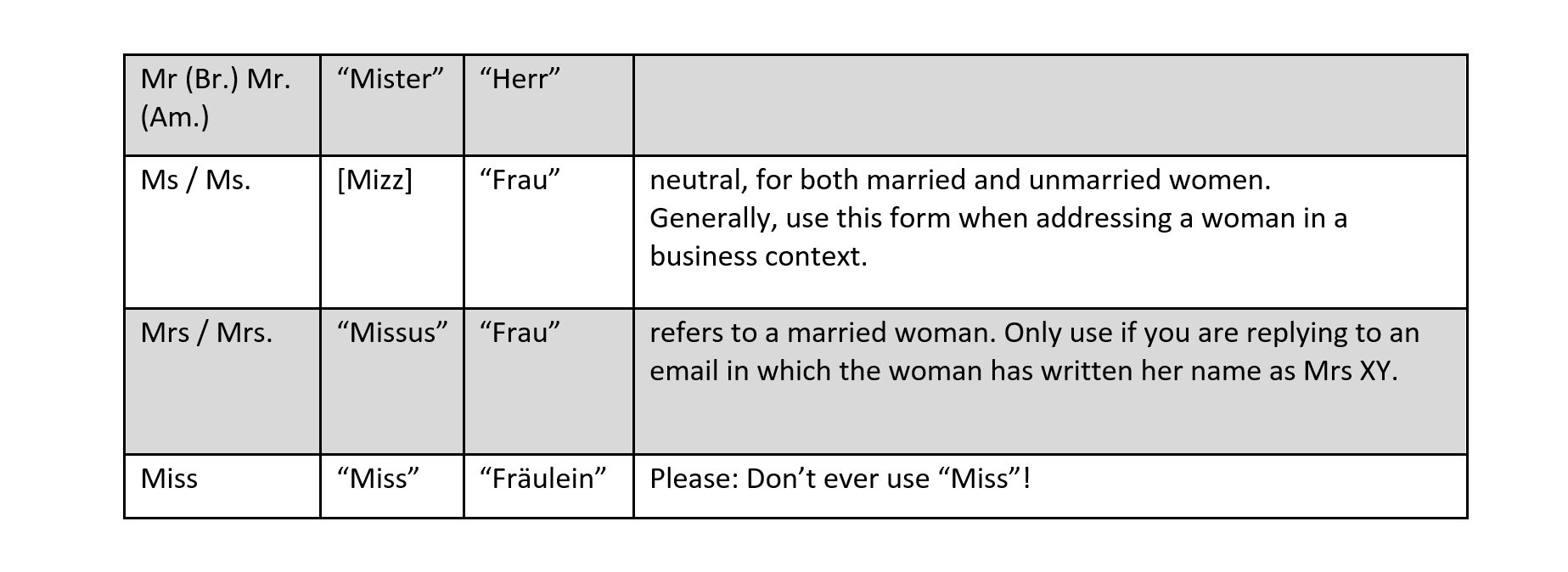
Business English in Your Everyday Agency Life
Weiterbildungsprogramm bei Convensis
Das interne Weiterbildungsprogramm hat bei der Convensis GmbH Tradition und wird gleichzeitig ständig erweitert um neue Formate und Inhalte. Neben einem ausführlichen E-Learning-Programm, das vor allem im Rahmen des Onboardings neuer Mitarbeiter:innen zum Einsatz kommt und von Convensis-COO Susanne Hencke initiiert wurde, finden regelmäßig Workshops und Seminare durch interne und externe Experten statt.
Das neueste Programm in dieser Reihe stellt der nicht zu unterschätzende Bereich „Business Englisch“ dar. Ausgewiesener Experte ist hier Marc Steinberger, geschätztes Mitglied im Team Relations. Marc Steinsberger, der auch Familie an der amerikanisch East Coast hat, absolvierte sein Masterstudium in „Adult and Organizational Development“ an der Temple University in Philadelphia. Nach seiner Rückkehr in die schwäbische Metropole, jongliert er bei Convensis täglich mit der deutschen wie englischen Sprache. So verantwortet er bei Convensis das Projektmanagement verschiedener Kunden auf dem amerikanischen und internationalen Markt.
Lesson #1: How to write an email
Natürlich verfügen die Convensis-Teams bereits über ausgeprägte und erprobte Business English-Kenntnisse. Aber: Man lernt nie aus! Und das Auffrischen der Sprachkenntnisse gehört während der aktuellen Pandemie ohnehin zu den Top 10 der Trend-Hobbies.
In Lesson No. 1 ging es um um das englischsprachige Verfassen der Textform, mit der wir wohl alle am häufigsten zu tun haben: Der Email. Easier said than done!
„Common Knowledge“, mag sich jetzt der ein oder andere denken, aber weit gefehlt! Während einiges selbsterklärend ist, verbirgt sich hinter anderem so manches Fettnäpfchen, watch out! Übrigens: Einiges davon darf gerne auch beim Verfassen deutschsprachiger Emails berücksichtigt werden (z.B. siehe 3. Introduction „Start with something nice“) 😉
Wie jeder Text, folgt auch die Email einer Struktur. Neben „Einleitung“, „Hauptteil“ und „Schluss“ gibt es weitere Textbausteine:
Structure
1. Subject line
2. Salutation
3. Introduction
4. Body
5. Closing
Any questions left? For now, we’re happy and say “thanks, Marc!”

